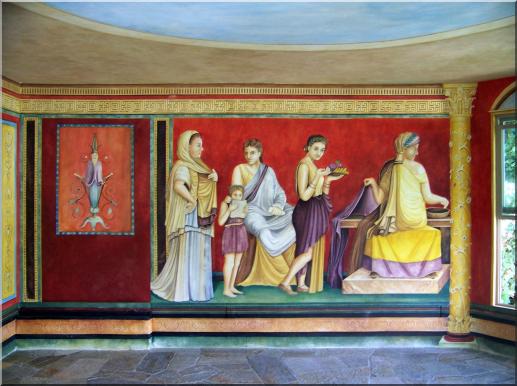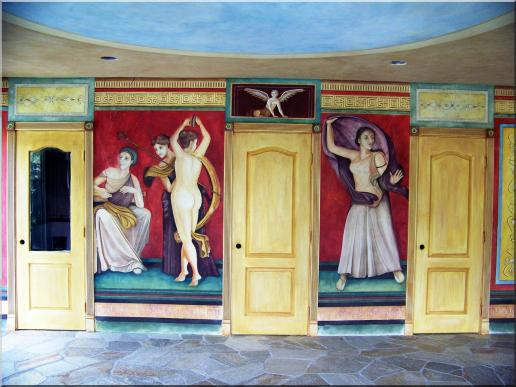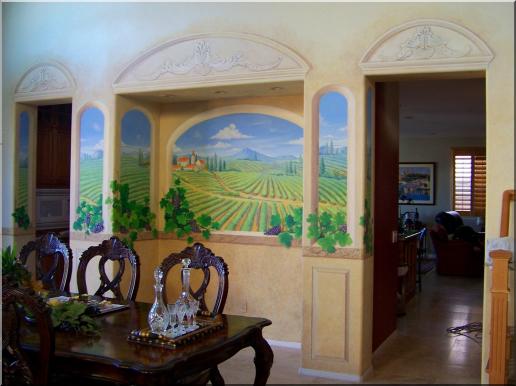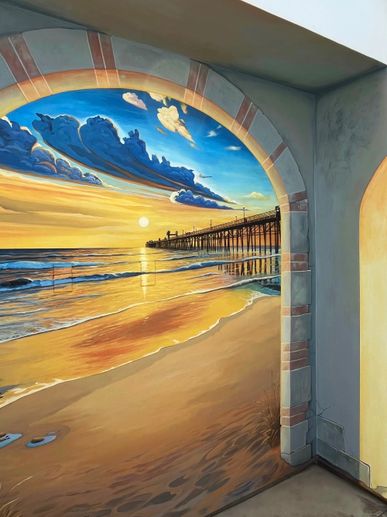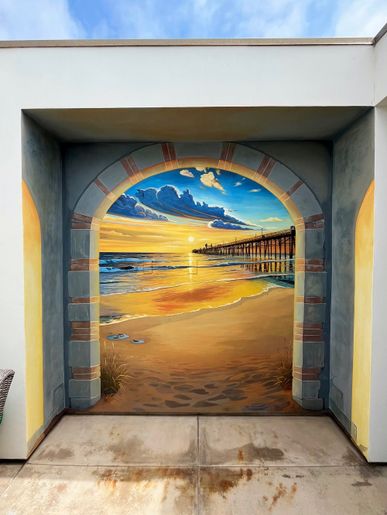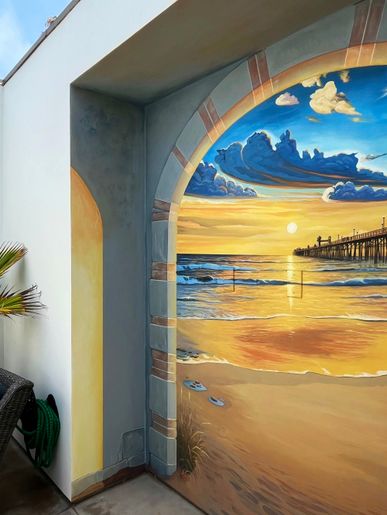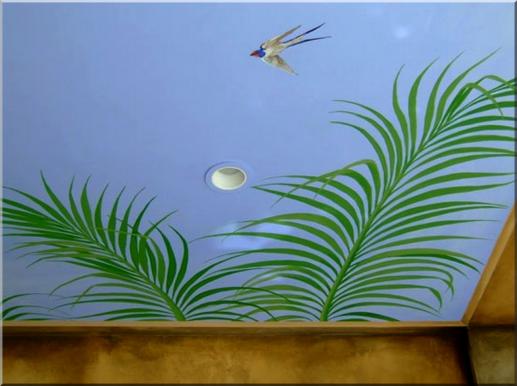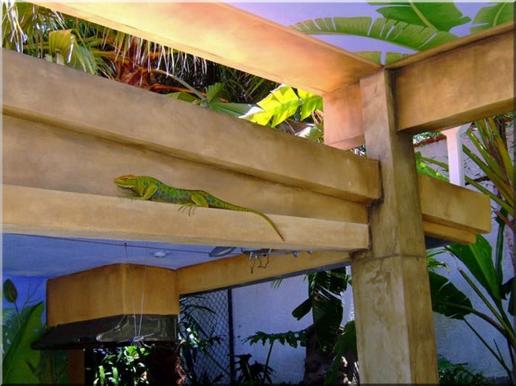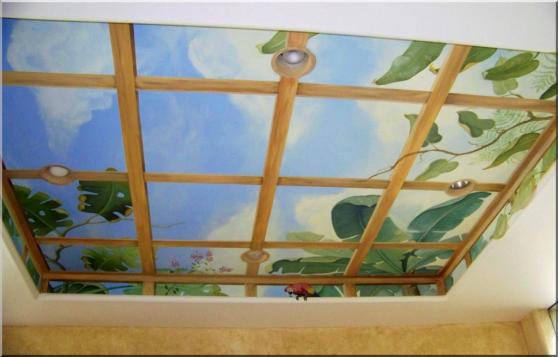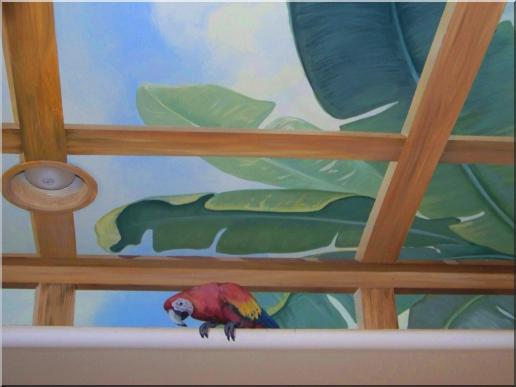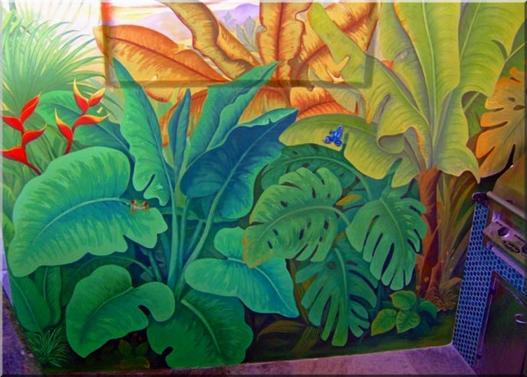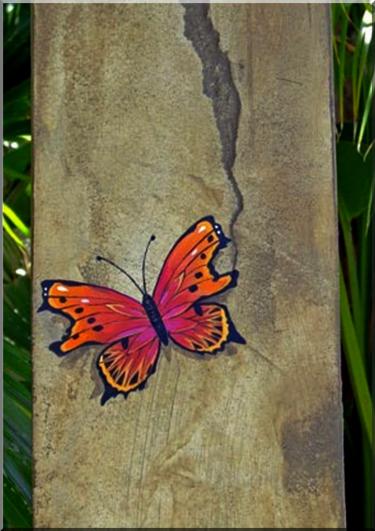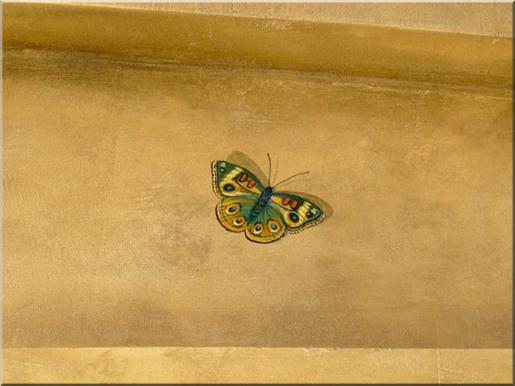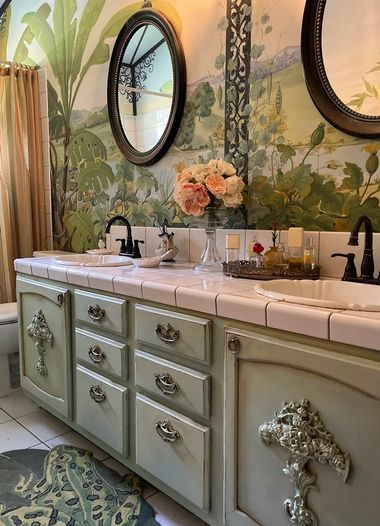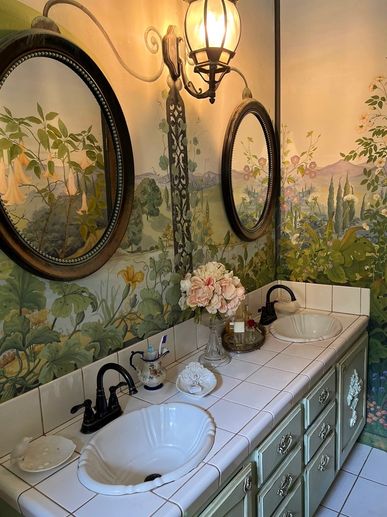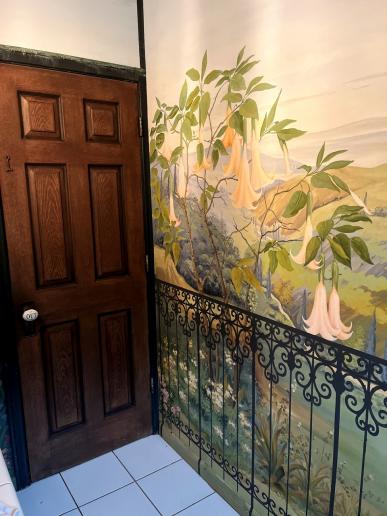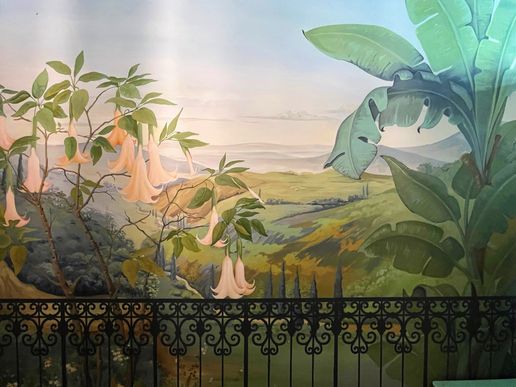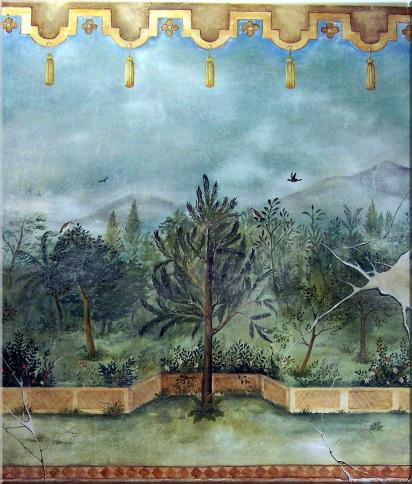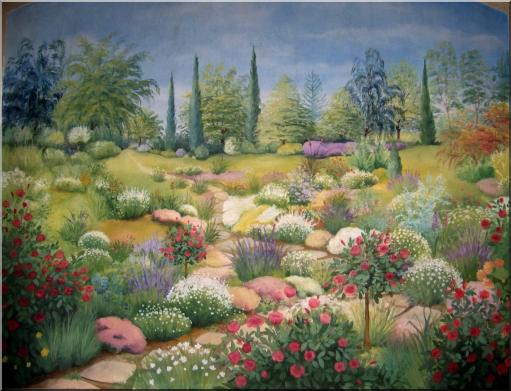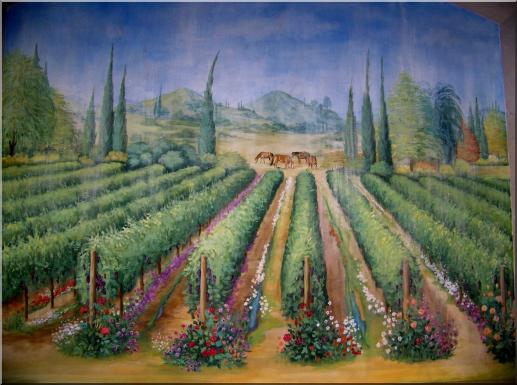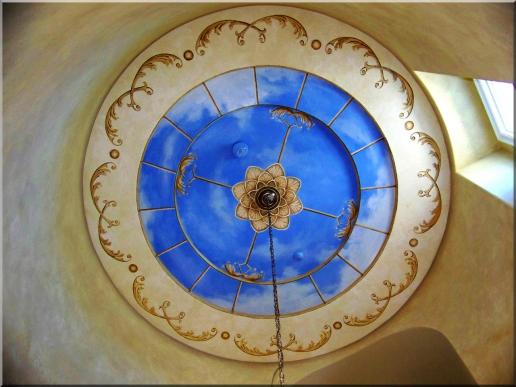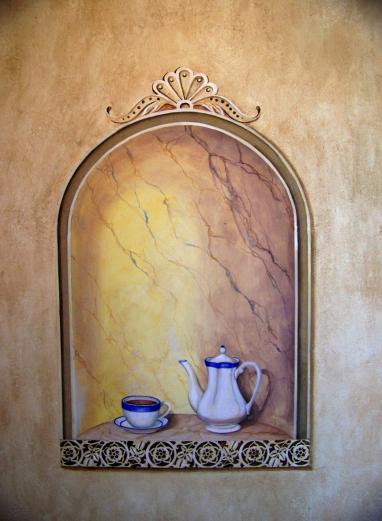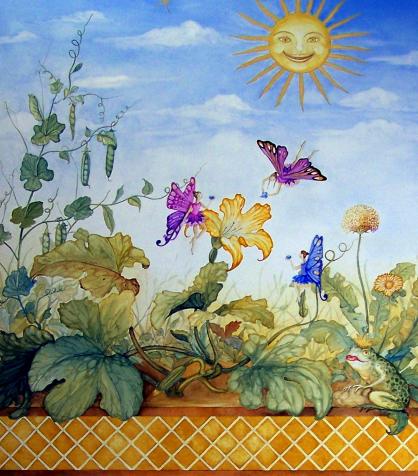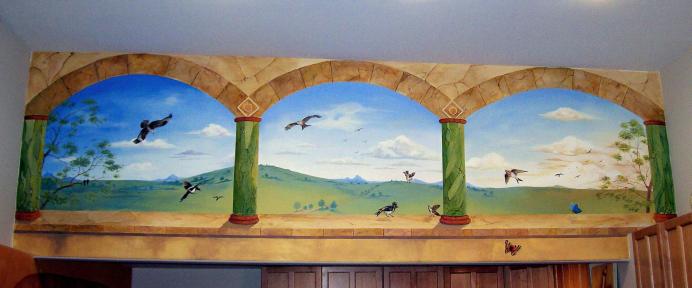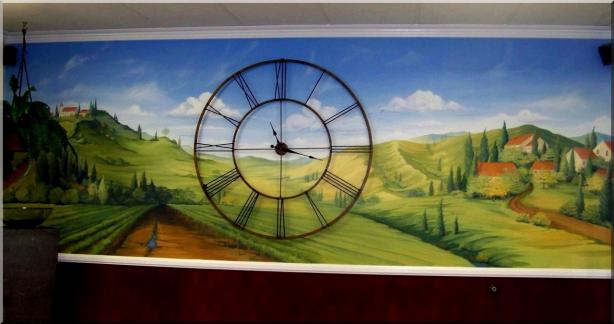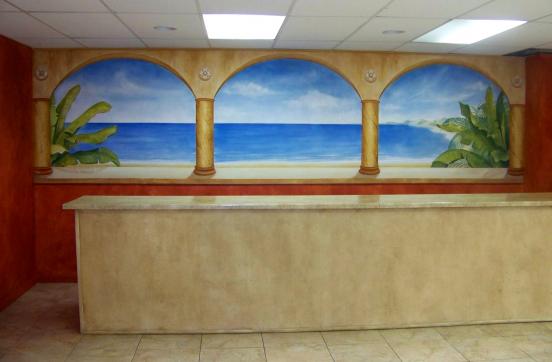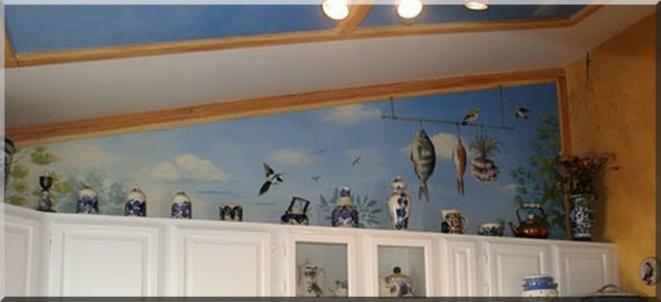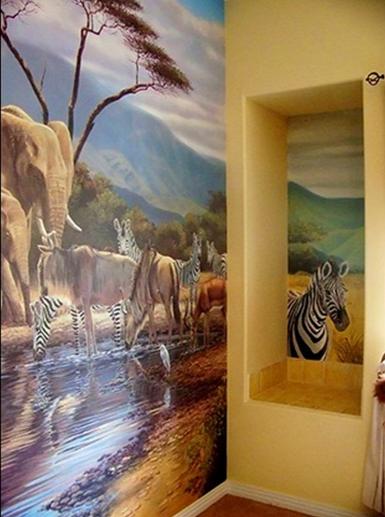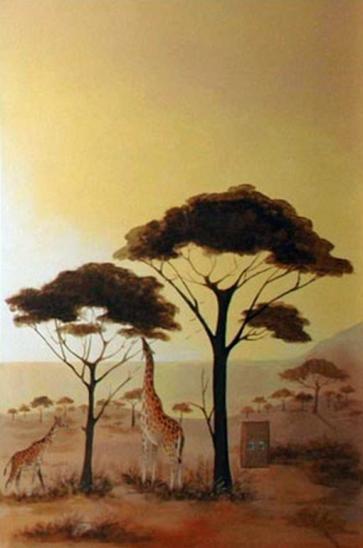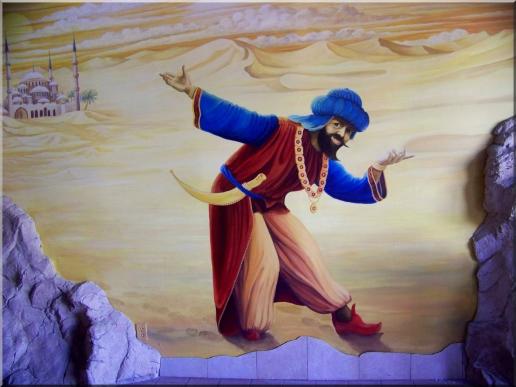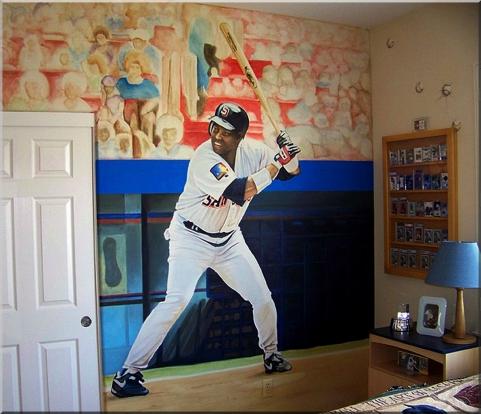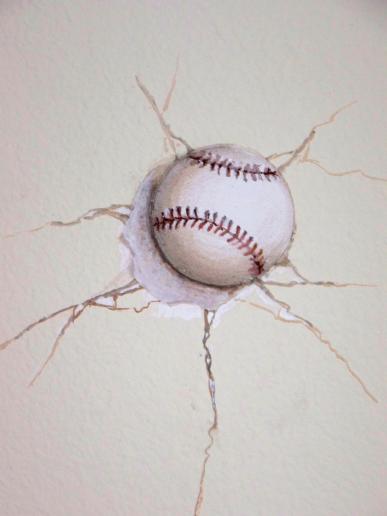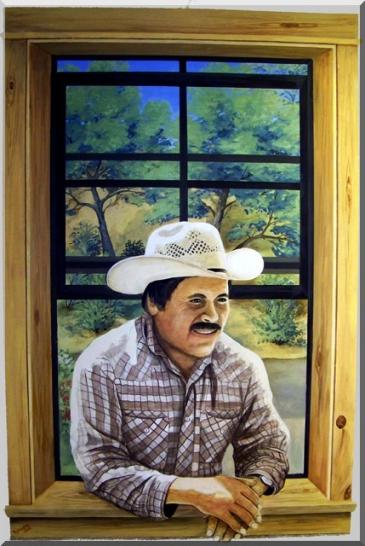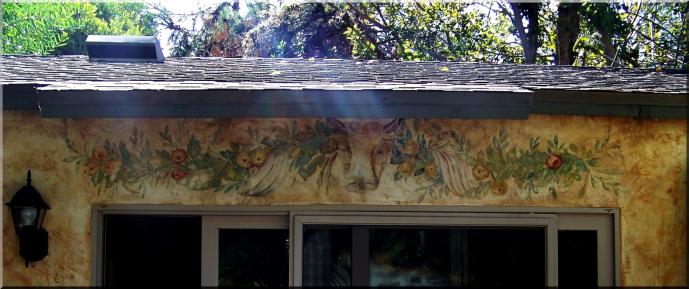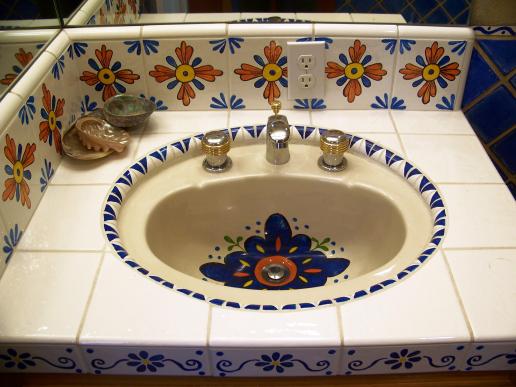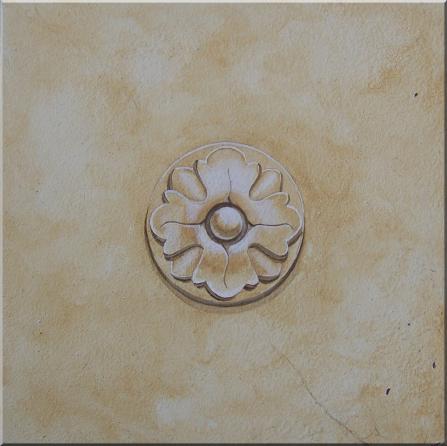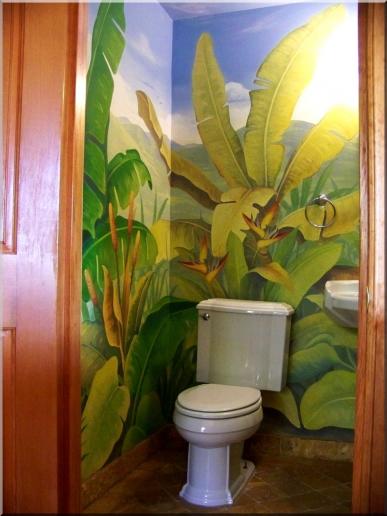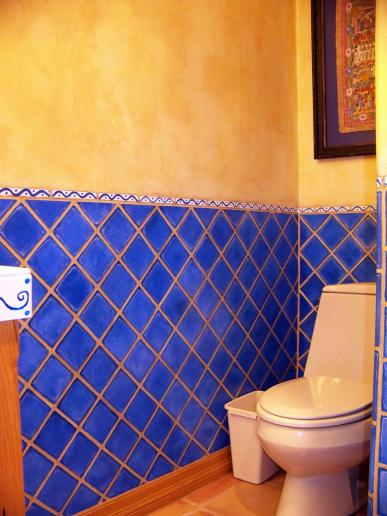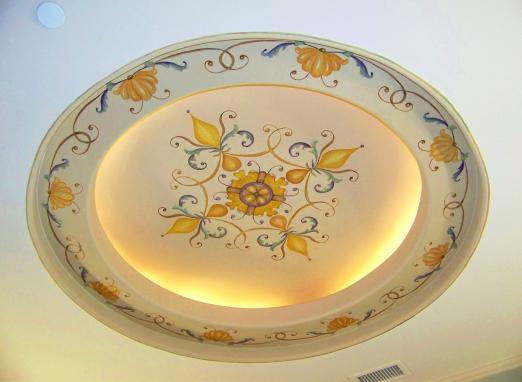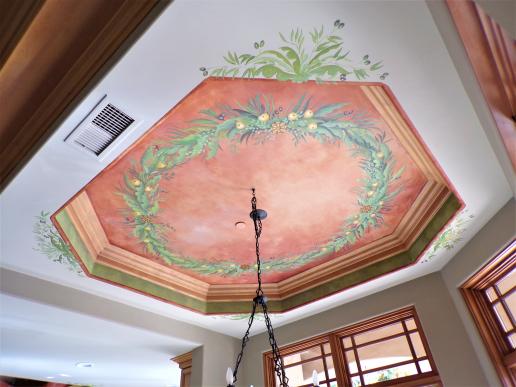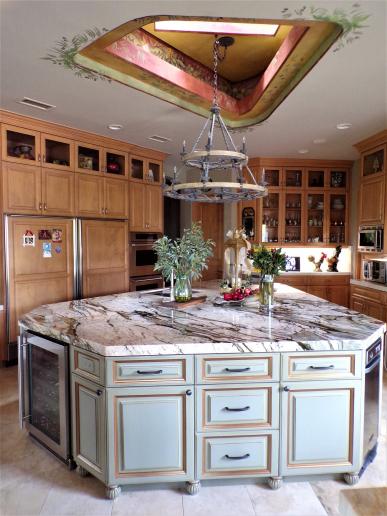Murals and Trompe L'Oeil
Historical Mural Techniques
In the history of mural several methods have been used:
A Fresco painting, from the Italian word affresco which derives from the adjective fresco ("fresh"), describes a method, where the paint is applied on plaster on walls or ceilings. The Buon fresca technique consists of painting in pigment mixed with water on a thin layer of wet, fresh, lime mortar or plaster. The pigment is then absorbed by the wet plaster; after a number of hours, the plaster dries and reacts with the air: it is this chemical reaction which fixes the pigment particles in the plaster.
After this the painting stays for a long time up to centuries in fresh and brilliant colors.
"A Secco" painting is done on dry plaster (secco is "dry" in Italian). The pigments thus require a binding medium, such as egg (tempera), glue or oil to attach the pigment to the wall.
"Mezzo-fresco", is painted on nearly-dry plaster, which is defined by the sixteenth-century author Ignazio Pozzo as “firm enough not to take a thumb-print”, so that the pigment only penetrates slightly into the plaster. By the end of the sixteenth century this had largely displaced the buon fresco method, and was used by painters such as Gianbattista Tiepolo or Michelangelo. This technique had, in reduced form, the advantages of a secco work.
Trompe L'Oeil
Trompe-L'Oeil, which can also be spelled without the hyphen in English as trompe L'Oeil, for 'trick the eye', pronounced is an art technique involving extremely realistic imagery in order to create the optical illusion that the depicted objects appear in three dimensions, instead of actually being a two-dimensional painting.
